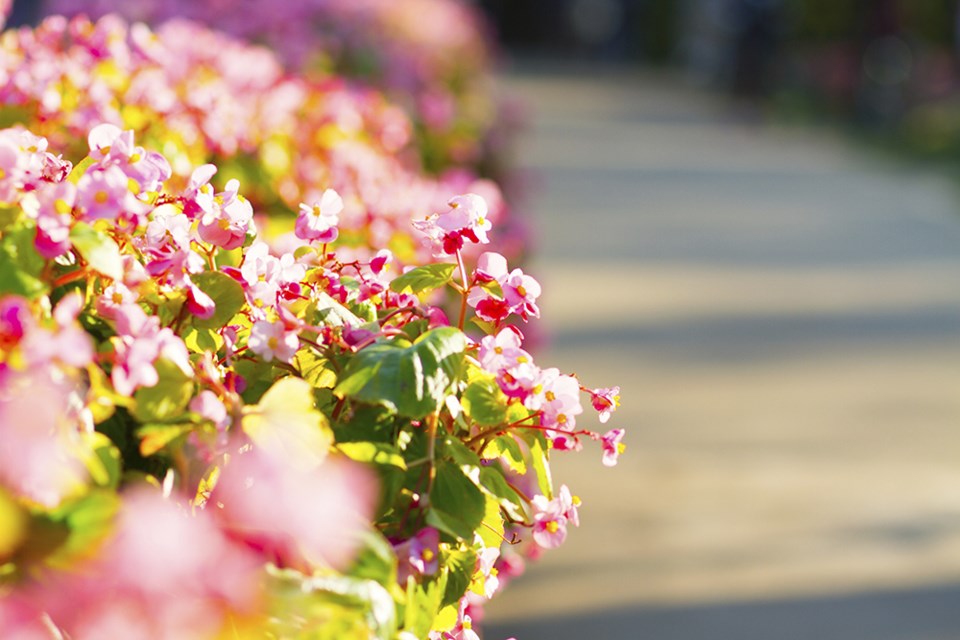People who have containers, especially for summer flowers, can find an overwhelming number of brilliant choices among the summer bulb offerings this year – including the purple-leaved, pink-flowered Oxalis triangularis that becomes a houseplant (and keeps on flowering) when you bring it indoors for winter.
Unlike most summer listings, this oxalis handles deep shade or semi-shade. It grows only 20 centimetres (eight inches) tall but covers its space thickly in a clump, which slowly increases. There’s also a green-leaved, white-flowered version.
Deep shade isn’t usually suitable for plants that emit bright bursts of colour. But deep shade is the place where tuberous begonias are right at home because strong sunshine can burn their leaves. Begonia tubers are best sprouted inside and planted outside in mid May.
Flowers can be huge with multiple petals in red, orange, yellow, white and pink with shapes varying from picotees, to fringes and ruffles. Some gardeners keep begonias for years, taking them in every winter and putting them out after frost season. The tubers keep enlarging, and the number of flowers increase.
Also happy in shaded corners are martagon lilies, which have several reflexed petals dangling along each stem. Flower of the old fashioned ones were mainly non-fragrant and strictly purple-pink or white. They’re now being hybridized. One of these is the fragrant 150 cm (60 inches) martagon lily Arabian Night with deep red and golden blooms.
Other groups of lilies need sun and rich soil. The shorter, fragrance-free Asiatic lilies now have many double forms as do the taller, richly scented Oriental lilies. Double-flowered tiger lilies are also obtainable.
It’s worth mentioning that as beautiful as double flowers can be, they’re often inaccessible to pollinators. Most can’t find their way through the maze of petals.
People who love vases of flowers inside their homes will find gladiolus give lots of pleasure for little work – and little money if you choose the inexpensive mixes. Unfortunately, gladiolus are high maintenance in ornamental beds. They first need staking then removing once the flower stem is cut.
But out of the way in the vegetable garden or in random, sunny corners, a few corms planted every week from April to mid-July give a whole summer of beautiful gladiolus flowers. Stray cormlets, dropped off the old corms, easily germinate and grow through a mild winter but usually die later.
In slug-ridden gardens, dahlias are often more fun and less work if they’re grown in containers. These don’t suit large-growing dahlias, but there are more patio dahlias available now ranging from about 35 cm (14 inches) to 50 cm (20 inches).
Containers can be ringed with various copper protectors, copper slug tape or the woven wire “Slug Shield.” That’s why container dahlias are a good choice for busy people who don’t have time or rugged enough stomachs to try any of the multiple slug-murdering opportunities.
Eucomis species and hybrids aren’t usually standouts, though they flower for months once they start, and the seedheads are decorative. But the cultivar Leia is quite spectacular with a fat spike of bright pink flowers and wavy leaf edges.
These Pineapple Lilies are very close to being hardy, but it’s still safer to bring them inside for winter. For coastal gardeners, a south or west house wall and mulching is usually enough protection.
Anne Marrison is happy to answer garden questions. Send them to her via [email protected]. It helps if you can add the name of your city or region.



